An Excellent Answer by Bently Nevada Employee:
As a 20-year Bently Nevada employee, and as someone responsible for answering such questions over the years within our company as well as externally, allow me to explain the rather interesting circumstances behind the use of negative voltages (-24 vdc) for powering eddy current vibration oscillator/demodulator devices. I will then proceed to explain the operating principles behind the eddy current proximity probe and how it converts physical gap between the probe and its target into a voltage.
First, the question of negative voltage. The short answer is that When Don Bently worked on making solid-state versions of the eddy-current measurement system (it was actually originally designed in the 1930s by GE engineers using vacuum tubes), he had a choice between using N-P-N transistors or P-N-P transistors. At the time, transistors were quite expensive, so he chose the least expensive of the two: P-N-P (apparently, PNP transistors they were less expensive to manufacture 50 years ago than their NPN counterparts).
Because the circuits used PNP transistors, a negative bias voltage was required rather than a positive bias voltage. Don chose -18V. This was later changed to -24V to allow more linear range from the transducer.
At that time, the industrial instrumentation community had not yet standardized on +24 vdc, and by the time they did, there were so many Bently Nevada eddy current vibration sensors installed that changing to +24V rather than -24V was not greeting with enthusiasm by users. Hence, it has remained -24V to this day.
This was not a deliberate effort to “be different” or “non-conformist” on the part of Bently Nevada. It was quite literally based on which components were the least expensive when the technology was originally introduced 50-plus years ago.
Now, the question of how an eddy-current proximity probe works:
An eddy-current probe works by passing an alternating current through a coil of wire and measuring the coil’s impedance. This impedance changes when the probe is brought near an electrically conductive material and the impedance change is proportional to the physical gap between the coil and the conductive target. The sensing electronics in turn convert this impedance change to a voltage, providing an electrical output directly proportional to physical gap which is directly proportional to vibration.
Also Read: Vibration Sensors Principles & Types
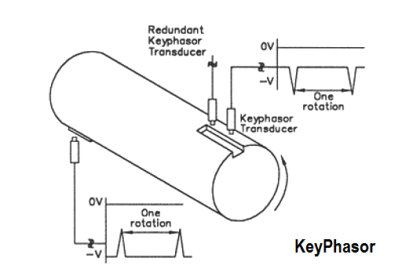
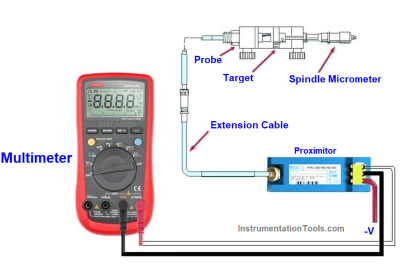


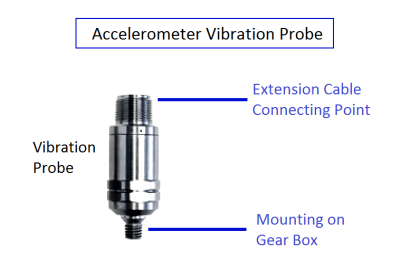

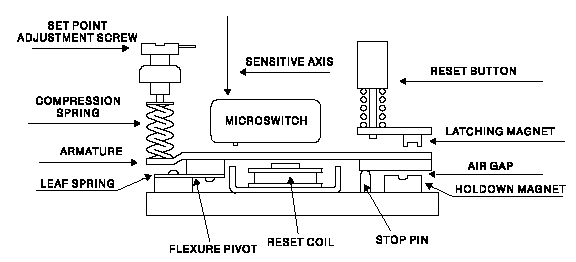


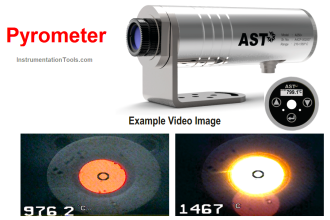
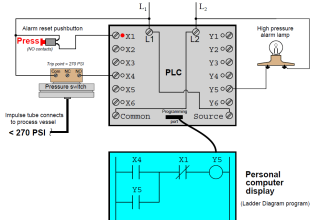
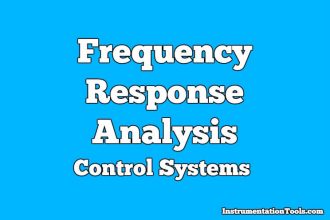

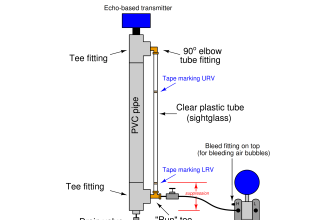



A very good response from you can say ‘horses mouth’! When I was confronted with vibration monitoring first time way back 35 years or so, I was thinking this has something to do with the corrosion prevention as we do in automobiles.
Actually I never got satisfactory response from even Bently Nevada techies I had come across. So I left it for some latter day investigation when I could become wiser on material science of turbine casing as well as the probes.
I came to a sort of conclusion that that it has to do with some history of BN development, perhaps tracing to the then available material for turbine and probe design. I revisited the subject and found your response.
It was educative.I suppose slowly the stress on -24V should be removed, else people consider this sacred. I do not think there is any PNP based design around alive in industry!! Thanks
Thanks sir
Useful one
very good information.
Good information regarding vibration monitoring system
Sir i want to know why gap voltage set at -10??
Please find response to your question in the following link :
https://www.allinterview.com/showanswers/181270/meant-gap-voltage-vibration-measurement-normally-much-set-and-state-reason.html
All hail google.
Very nice explain thanks sir
thanks , good and nice explain